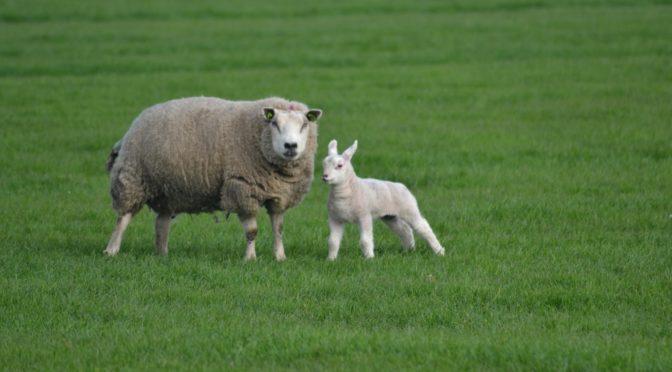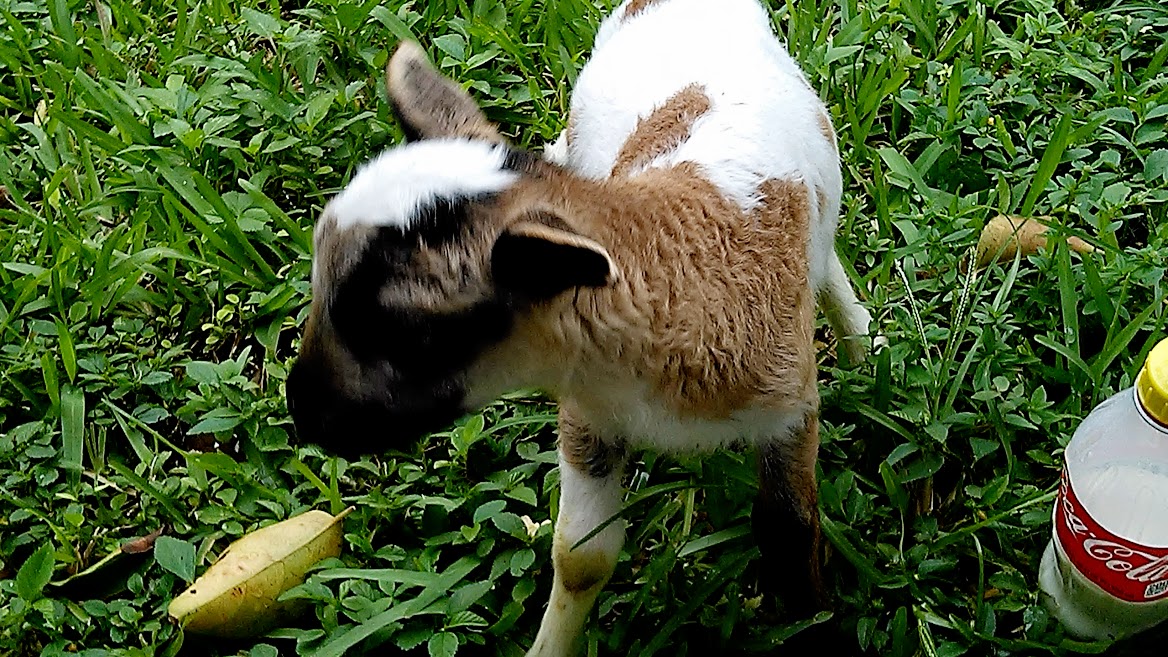Footrot is a grievous disease that almost defies curing. For a small flock of grade ewes, selling out and starting over is the wisest decision.
Footrot is caused by two bacteria—Fusobacterium necrophorum and Bacteroides nodosus—that act synergistically. F. necrophorum is common in most manure; it is very hardy and can live for years in manure. It contributes to footrot in cattle and causes thrush in horses. B. nodosus apparently lives only in sheep hooves. It dies out in soil in two weeks. It grows very slowly, so the incubation period may be long. Foot abscesses may be caused by B. nodosus, but footrot requires the presence of both B. nodosus and F. necrophorum. Moist soil conditions contribute greatly to the cause and spread of footrot. in other words its impossible in Florida to avoid this condition.
To control and treat footrot:
- Trim the hoof wall to the quick in all sheep.
- Soak affected hooves for five minutes in a foot bath containing 90% water and 10% formalin (37% formaldehyde) or 10% zinc sulfate. Zinc sulfate is as effective as formalin and is safer to use.
- Isolate limpers and repeat one week later. Turn apparently cured sheep into an uncontaminated area. Doing so does create a problem, however, because some sheep thought to be clean actually still are infected. With time and moist conditions, they will reinfect other sheep.
- Reexamine all sheep and remove any limpers you initially thought were clean. Force sheep to move through a 10% zinc sulfate solution daily for 30 days. This has become the most successful treatment scheme.
- Sell persistent limpers as much as that hurts to do.
- If you sell all sheep, wait three weeks before bringing in new sheep.
- I have a nice cement bath at the entry f the sheep house that i regularly fill with bleach and water, 20%. its worked wonders.


